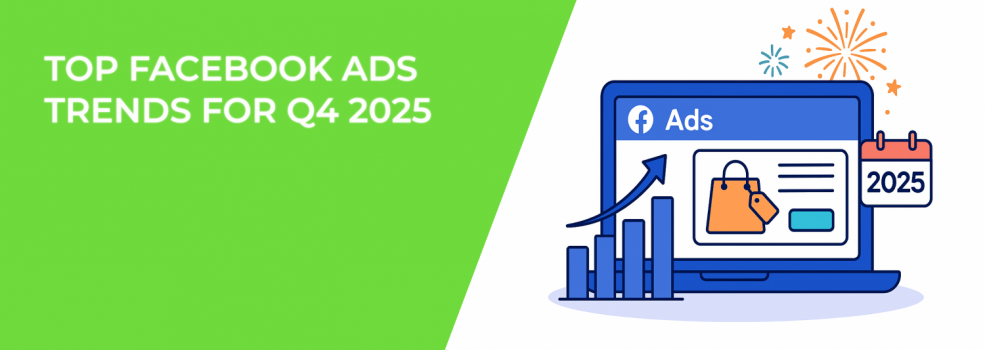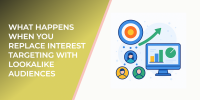Q4 is here — and Facebook advertising is shifting faster than ever. Whether you're targeting U.S. shoppers for Black Friday, scaling B2C e-commerce campaigns, or trying to generate warm B2B leads before year-end, one thing is certain: the same old tactics won’t cut it.
Here’s what smart advertisers are doing differently in Q4 2025 — and how you can apply those strategies right now.
1. Short-Form Video Ads Are Winning the Scroll War
Short-form video has officially taken over. In Q4 2025, it’s not just a trend — it’s a necessity if you want to stand out in noisy holiday feeds. Facebook and Instagram Reels are seeing explosive growth in impressions and engagement, especially on mobile.
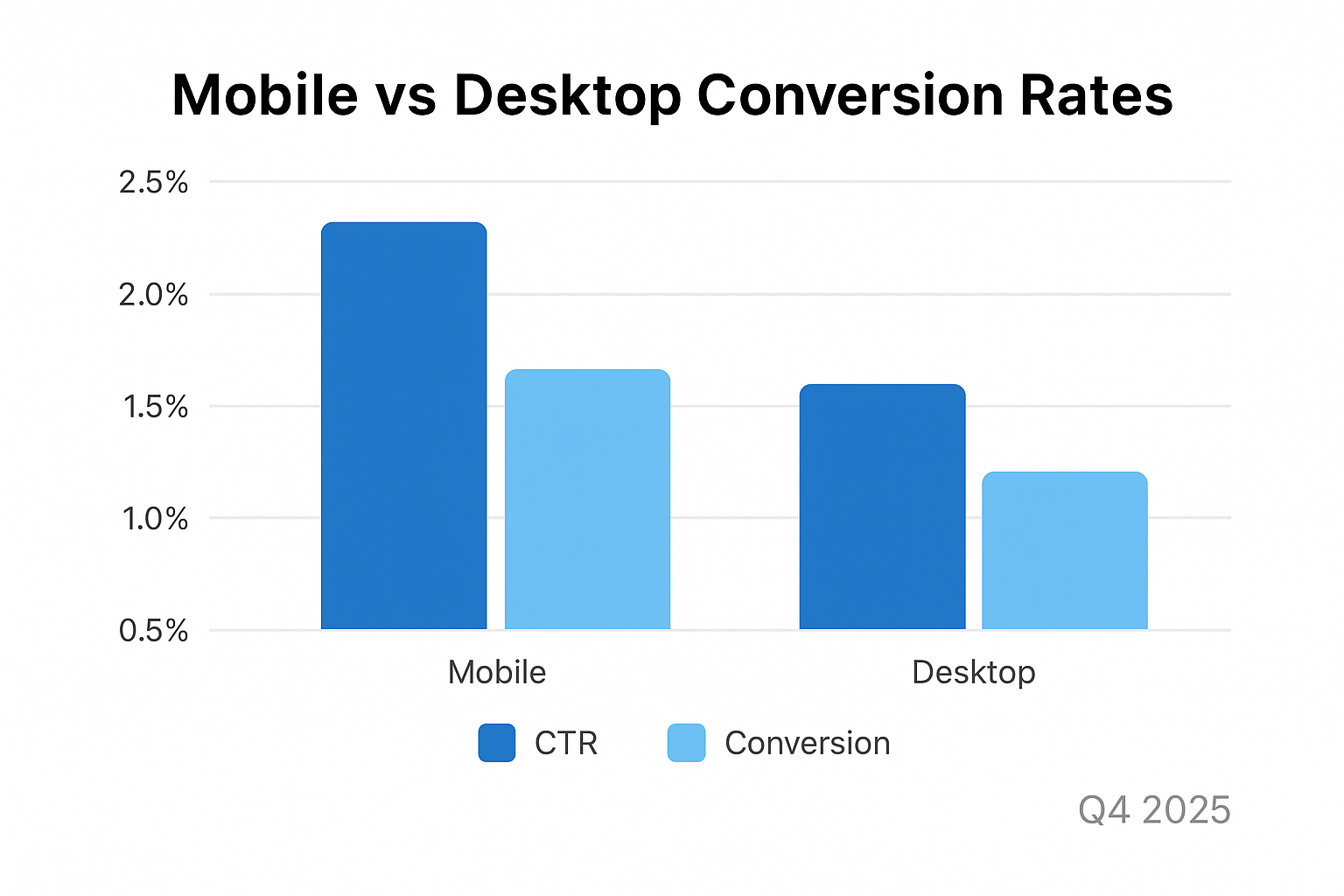
But here’s the catch: the average viewer decides in 3 seconds or less whether to keep watching or scroll past.
What works best?
-
Show the product in action, with dynamic visuals from the first frame.
-
Add captions and visual overlays, because most people watch without sound.
-
Use movement and color changes, not static frames, to hold attention.
These short videos aren’t just for brand awareness anymore. They’re converting — especially when paired with direct CTAs like “Shop Now” or “Claim Offer.” If you're still relying on static image ads, it's time to test something faster and sharper.
Looking for proof that video boosts conversion? Here’s how to use Facebook video ads to educate and convert.
2. Messenger Ads Are Replacing the Landing Page Funnel
Friction kills conversions — and in Q4, every second matters. That’s why smart advertisers are leaning into Click-to-Messenger ads as an alternative to slow-loading landing pages or clunky forms.
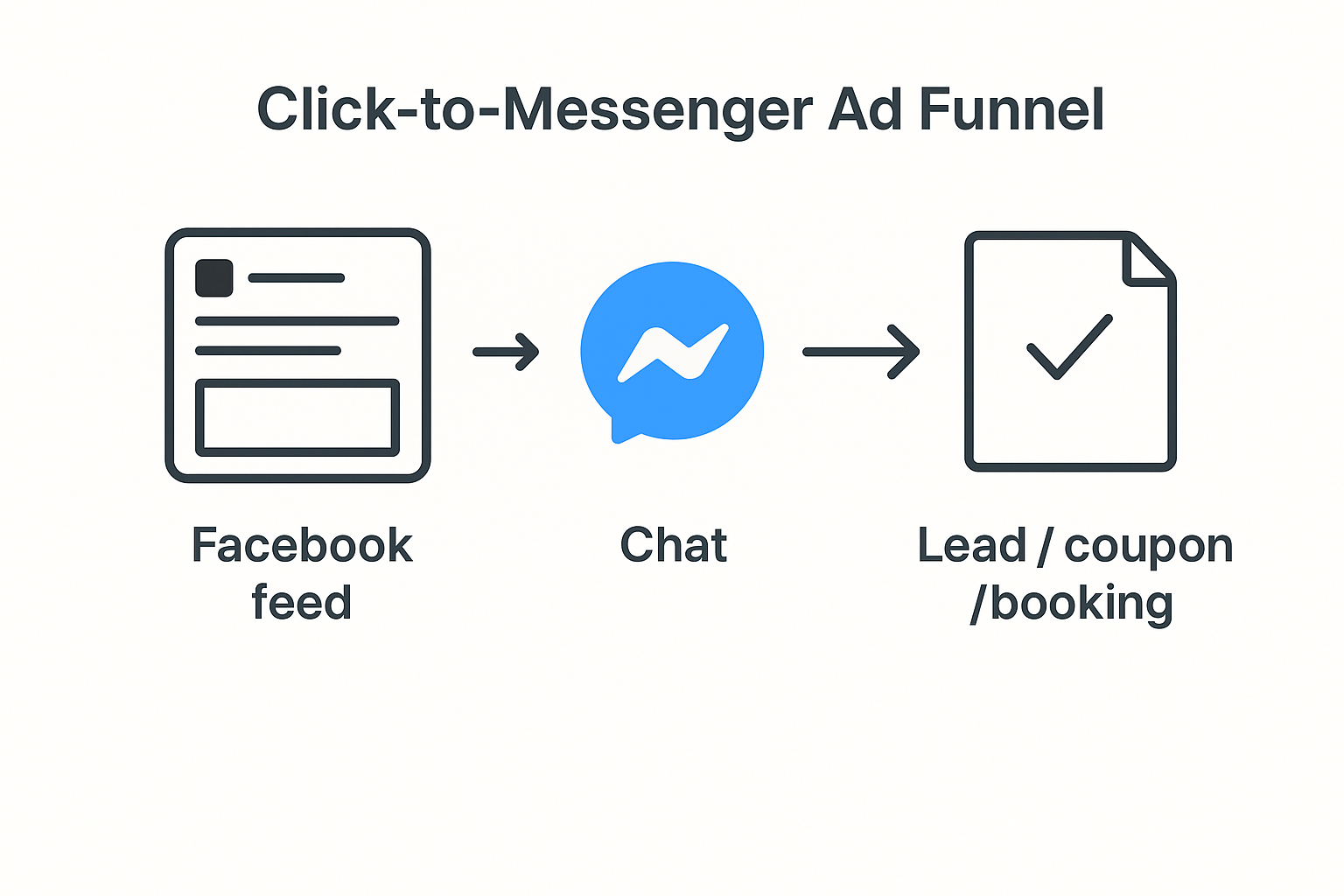
This format is ideal for service-based businesses, local shops, coaches, or even e-commerce brands running flash offers.
Here’s why it works:
-
Immediate engagement, with no need for a user to leave the platform.
-
Personalized chatbot flows, such as product finders, quizzes, or booking forms.
-
Higher opt-in rates, especially when offering limited-time discounts or bonuses.
If you’re promoting consultations, audits, or location-based services, test Messenger ads early in the quarter — before ad costs peak. Need help choosing the right campaign structure? Explore how Meta ad objectives impact performance.
3. First-Party Data Is Your Most Valuable Asset This Quarter
Relying on interest targeting or third-party data in Q4 2025? That’s risky. Due to iOS restrictions and rising CPMs, building your own data pipelines is now critical — especially for U.S. brands competing in high-intent categories like retail, coaching, and B2B services.
To maximize your Facebook campaign performance, invest in building first-party audiences:
-
Email subscribers, imported directly from your CRM or newsletter platform.
-
Recent purchasers, segmented by product type, location, or purchase window.
-
Website custom audiences, based on page views, time on site, or scroll depth.
-
High-LTV segments, such as repeat buyers or loyalty members.
When you combine this data with Meta’s targeting and lookalike features, your ads become dramatically more efficient — even in expensive auction windows.
Want a step-by-step breakdown? Here’s how to set up Facebook retargeting for first-party audiences.
4. The Sooner You Scale, the Less You’ll Pay
Q4 isn’t the time to “wait and see.” The reality in 2025 is that CPMs are rising earlier — in some industries, by the first week of October. If you’re still testing creative mid-November, you’re paying premium prices to validate experiments.
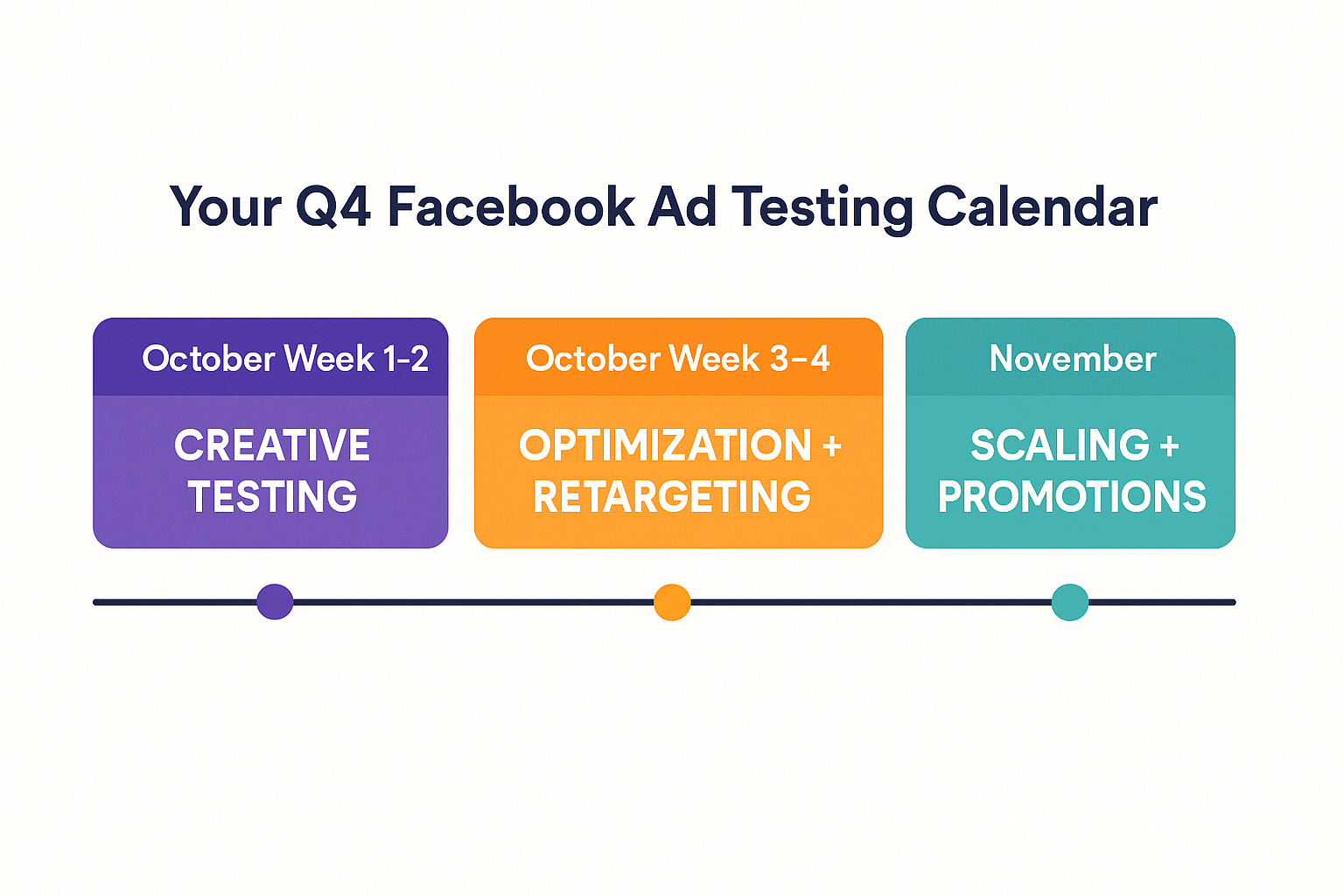
So, what should your ad budget timing look like?
-
Early October: Launch test campaigns with different creatives, placements, and CTAs. Focus on learning.
-
Mid-to-late October: Lock in your top performers and build retargeting pools.
-
November: Scale only what’s proven — and allocate budget toward urgency-based promotions.
If your ad sets are struggling to deliver, you may be hitting structure or learning-phase limitations. Learn how to diagnose it in this guide to the “Ad Set May Get Zero” warning.
5. AI-Driven Creative Testing Is a Must — Not a Maybe
You can’t afford to manually test 20 creative combinations when CPMs hit $25+. And Facebook knows this — that’s why Meta continues pushing tools like Advantage+ Creative and dynamic experiences that automatically rotate and optimize based on performance signals.
But here’s the thing: human testing still matters. You need a testing system that combines automation with clear structure.
Start with:
-
Headline variants, such as value-driven copy vs. curiosity hooks.
-
Visual formats, including photo, video, UGC, and motion graphics.
-
Copy length tests, from one-line offers to detailed benefits.
-
CTA experiments, like “Learn More” vs. “Claim Your Discount.”
Want to get specific with your testing strategy? Don’t miss this creative testing guide for Facebook ads.
6. Targeting Strategies Have Shifted — Again
Facebook's targeting algorithm in 2025 rewards intent and signal-based data more than ever. The “spray and pray” approach with interest targeting alone? It’s simply not enough — especially during a high-CPC season like Q4.
To build smarter audiences, layer your targeting like this:
-
Custom audiences, based on CRM data, email lists, or previous buyers.
-
Location segmentation, especially for local promos or shipping cutoffs.
-
Behavioral triggers, such as page depth, video views, or cart abandonment.
-
Lookalikes from quality sources, not just website visitors.
If your audiences feel too broad or underperform, revisit your approach. Here’s a full breakdown of how to adapt to Facebook targeting changes in 2025 — including how to avoid overreliance on automation.
For a strong targeting foundation, also read Facebook Ad Targeting 101 to refine your segmentation strategy.
7. Clarity Converts — Especially When the Feed Is Crowded
During Q4, your audience is being hit with dozens of ads per hour. To cut through, your offer needs to be clear, specific, and fast to understand.
Skip the clever slogans. Focus on clarity.
Here’s what that means in practice:
-
Headline: Be direct. “30% Off Ends Friday” beats “Shop the Fall Collection.”
-
Visual: Use product-centric or benefit-driven imagery. No fluff.
-
Copy: Make the value crystal clear. What is the user getting and why now?
-
CTA: Guide the next step. “Get Discount,” “Book Free Call,” or “Download Now.”
Ads that get clicks but no sales usually suffer from misaligned messaging — or too much cleverness and not enough direction.
Final Thought: Discipline Outperforms Hype in Q4
There’s no shortage of “hacks” this season — but the highest-performing advertisers are the ones doing the fundamentals well. That means:
-
Testing early — not reacting late.
-
Building from real customer data — not guesswork.
-
Running ads with purpose — not for the sake of activity.
-
Prioritizing clear, conversion-focused creative — not just pretty visuals.
-
Managing budgets with intent — not emotion.
If you treat Q4 like a science, you’ll finish the year with stronger ROAS, more loyal customers, and a system that can scale into 2026.
